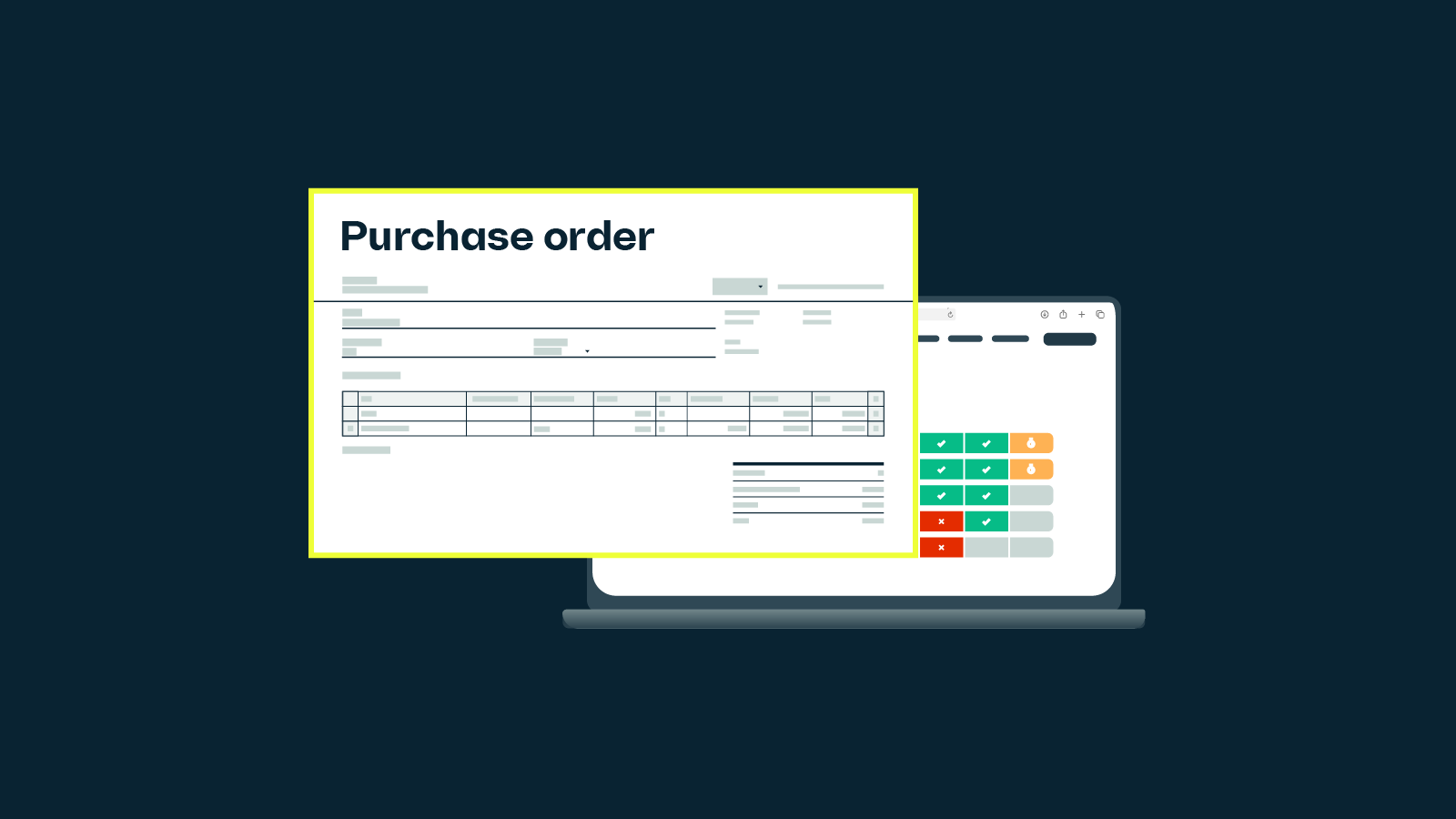Economic order quantity (EOQ): Balancing cost and demand
For a business to survive, it must find the perfect balance between meeting customer demand and minimizing costs. This is especially true when it comes to inventory management. Too much inventory results in wasted resources, while too little can lead to stockouts and lost sales.
Delivering this balance can be difficult. Demand forecasting is a challenge for small companies while carrying costs can cripple larger businesses with large inventories. Many factors have to be considered, and many decisions have to be made to gain control of inventory cost increases.
One tool businesses can use to find this balance is economic order quantity, a mathematical equation discovered over a hundred years ago but still used today.
Below, we will examine:
- EOQ meaning and definition
- The benefits of using EOQ
- How to calculate EOQ
- Examples of EOQ in action
- Challenges you will face
Grab your calculator, and let’s get into it.
Katana live inventory management software
Once you have your EOQ calculations on hand, it’s time to implement your findings. Katana ERP can handle and optimize all your different inventory types.
What is EOQ in inventory management?

Economic order quantity (EOQ) is the calculation of the optimal amount of inventory to order based on factors like demand, carrying costs, and manufacturing lead time. It is also known as economic purchase quantity (EPQ).
The goal of EOQ is to minimize risk and capital investment while still providing strong customer service and fulfilling demand. Too much inventory can result in devastating carrying costs, while too little can mean lost sales, reputation, and opportunity.
Ford W. Harris first developed the economic order quantity model in 1913 to determine the most efficient production batch size. It was then refined over the years and has now been adopted to improve inventory management.
While it can be an intimidating formula at first glance, the EOQ model is a powerful tool that can help businesses save time and money.
The benefits of using EOQ
Without continuously improving your inventory management systems, it is easy to fall into the trap of over-ordering or under-ordering inventory. This can result in high holdings costs or even production shutdowns.
EOQ can help businesses avoid these costly mistakes by finding the perfect balance between meeting customer demand and minimizing costs. There are several key benefits of using EOQ to improve inventory management.
Reduced carrying cost
One of the main benefits of EOQ is that it can help reduce hold. These are the costs associated with holding inventory, and they can add up quickly if you have too much inventory on hand. Things like:
- Rent or mortgage payments for storage space
- Insurance
- Taxes
- Depreciation
- Interest on inventory loans
- Wages for employees who manage inventory
By using EOQ to calculate the optimal quantity of inventory to order, you can minimize the total direct cost and free up working capital.
For example, let’s say your carrying cost is $2 per unit per year, and you average 500 units in stock. This means your total carrying costs are $1,000 per year.
Now, let’s say you use EOQ to calculate that you should be ordering 200 units at a time. This would reduce your average inventory, and in turn, your total cost associated with holding products would be significantly slashed.
Improved customer service
If you have ever tried to order a specific product only to be met by an “out of stock” pop-up, you know the frustration of not being able to find what you need when you need it. This is called a stockout, and it can be very costly for businesses. Not only do you lose the sale, but you also damage your reputation and risk losing future business.
EOQ can help businesses avoid stockouts by ensuring that there is always enough inventory on hand to meet customer demand. This improved customer service will lead to increased sales and repeat business, adding to lifetime value.
Reduced production cost
Avoiding spoilage or obsolescence is key to reducing production costs. EOQ can do this by helping to optimize inventory levels that are neither too high nor too low.
Too much inventory results in wasted resources like storage space, labor, and materials. On the other hand, too little inventory can lead to production shutdowns, which are even more costly. By using EOQ to find the perfect balance, businesses can minimize their manufacturing costs and avoid these costly mistakes.
Improved cash flow
With these savings in place, businesses will have more cash available to reinvest in other areas of the business or take advantage of opportunities as they arise. This can mean paying off loans, expanding the business, or hiring new staff.
Inventory is a major expense for businesses, so anything that can be done to reduce these costs will positively impact cash flow.
In addition to these financial benefits, using EOQ can also help you reduce the time and effort required to manage your inventory. This is because it provides a standard formula for calculating inventory needs based on known factors.
How to calculate the EOQ

It is important to note that EOQ calculations assume constant demand for a product throughout the year. It will not provide an accurate order number for seasonal businesses, as it will change drastically depending on what time of year it is.
To use the EOQ formula, you will first need the following information:
- Annual demand — How much of the product do you need per year? This will be your annual quantity of units required, which you can then convert into a daily, weekly, or monthly quantity demanded
- Ordering costs — Sometimes called the purchase cost, this refers to the costs of labor, materials, shipping, and handling. This is not the cost of goods, but everything else involved
- Carrying costs — These are the annual holding costs per unit. This fixed cost calculation includes storage costs (rent, utilities), insurance, and shrinkage
These can be best determined with the help of a manufacturing ERP system, which will take into account all of the necessary information for your specific business and update in real-time as prices change.
EOQ formula
So, what is the economic order quantity formula? It can be expressed as:
Q = √[2(DK/H)]
Where:
Q = The optimal order quantity
D = Annual demand
K = Ordering costs
H = Carrying costs
While it may look complicated, once you have all of the necessary information, calculating economic order quantity is quite simple.
Example of calculating EOQ
Let’s look at some EOQ examples to understand how this calculation works in the real world.
Welcome to Andrew’s Armchair Auditorium, where comfort is everything. We make and sell comfortable armchairs to movie theaters, waiting rooms, and home theater enthusiasts.
Each year, we sell 3,200 chairs. It costs us $5 to hold a chair in inventory and $80 to place a new order. With this information, we can calculate the economic order quantity.
D = 3200
K = 80
H = 5
Therefore:
Q = √[2(3200*80/5)]
Q = 320
This means that the ideal order size for this business would be 320 units. It’s as easy as that.
Challenges you will face

There are a handful of common mistakes that businesses will make when it comes to EOQ and some challenges that prevent accurate analysis:
- Considering all factors: The EOQ formula only works if you have considered all of the necessary factors. This includes things like demand, carrying cost, and ordering cost. If any of these are missing, the calculation will be inaccurate
- Understanding lead time: This is the time period it takes to receive an order after it has been placed. Many businesses underestimate their lead time, which can lead to stockouts and lost sales
- Realistic projections: Inaccurate demand projections are one of the most common mistakes businesses make. It is important to be realistic when estimating future demand. If you underestimate, you will run into stockouts. If you overestimate, you will waste money
- Assuming linearity: EOQ assumes that the demand rate is linear, meaning it is the same every day, week, or month. This is rarely the case in real life and can lead to inaccurate results
- Having accurate data: Inaccurate data is one of the biggest challenges when it comes to EOQ. If your demand, ordering costs, or carrying costs are off, your EOQ will be as well. This is why it’s important to use software that can track all of this information in real time and provide accurate updates
Luckily, there are ways to avoid these mistakes and make sure that you are using EOQ correctly.
Try inventory management software for free
Master all your different inventory types with a tool that gives you real-time insights into your inventory movements to eliminate stockouts for good.
Optimizing order sizes with Katana

Constantly finding yourself with too much or too little inventory can be frustrating and costly. But with Katana cloud inventory software, you can optimize your order sizes to find the perfect balance of cost and customer service.
Once you have taken the time to calculate your EOQ, you can use Katana manufacturing ERP software to set reorder points and safety stock levels to avoid production-stopping stockouts.
As soon as you see inventories running low, simply create a purchase order and get those levels topped back up. Best of all, if you’re using outsourced manufacturing in your production lines, then no worries. Using Katana, you can create outsourced purchase orders and have items delivered directly to your subcontractor.
This way, you can avoid businesses’ common mistakes when calculating EOQ. And with Katana’s inventory control features, you can streamline your operations and save time and money.
Request a demo to discover the benefits of an end-to-end fulfillment solution and see how much it can benefit your company.
Table of contents
Inventory management guide
More on inventory management
Get visibility over your sales and stock
Wave goodbye to uncertainty by using Katana Cloud Inventory for total inventory control






